Which country haven't you tasted coffee?
Which country in the world haven't you tasted coffee?
Since the 11th century, human beings have known how to brew coffee as a drink, and in the long years since then, coffee has spread all over the world, and almost every country has developed its own preferred way of tasting. I heard that there are people who add ice cream or spirits to their coffee. Have you ever heard of adding egg yolk? These novel coffee, perhaps only go to the local to taste the most authentic. Every time you go to a new country, you can't avoid eating and drinking in a restaurant. Don't forget to order a cup of local coffee at this time.
America
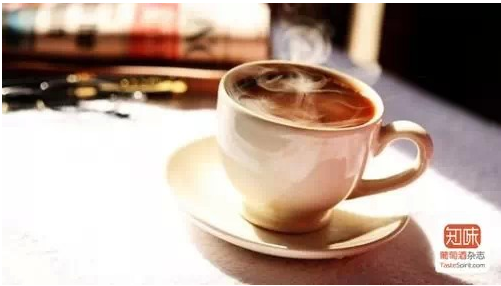
Red Eye Red Eye Coffee Photo Source: www.mycoffeebook.com
AMERICANO American Coffee: hot water to espresso 2:1
RED EYE Red Eye Coffee: the ratio of drip coffee to espresso is 1:1
DRIP COFFEE dripping coffee
In the United States, coffee drinkers drink an average of 3.1 cups of coffee a day. 103 million Americans over the age of 18 (about 1/3 of the American population) drink coffee every day.
Italy
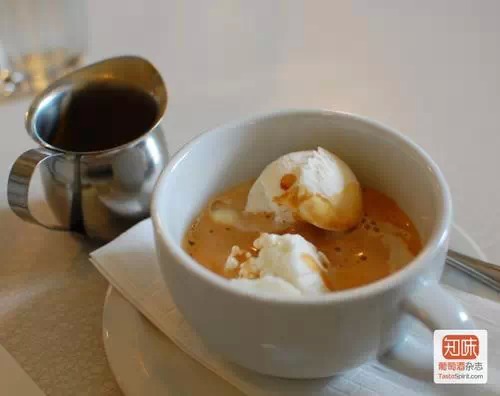
Caffe Affogato Afgado Photo Source: www.monkeypuzzleblog.com
ESPRESSO espresso
CAPPUCCINO cappuccino: espresso, steam foam
CAFFE MACCHIATO macchiato: espresso, a spoonful of milk foam
CAFFE LUNGO light coffee: espresso, lots of hot water
CAFFE AFFOGATO Afgado: espresso, a scoop of handmade ice cream
Unlike our coffee shop, in Italy, coffee shops (they are called bar) do not exist to kill time and socialize. Italians buy coffee and drink alone. They like warm coffee served at the right temperature, which allows them to solve it quickly.
Italy has 60 million people, but 100, 000 bar, a higher proportion than any other country.
In Italy, the real coffee is espresso. Italians only drink cappuccino in the morning, and they hardly drink coffee with milk after lunch. It is their tradition to have a cup of coffee after lunch and dinner.
Spain
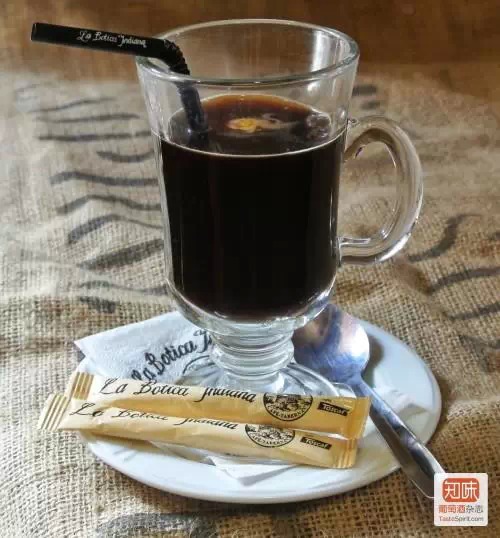
CAF É CARAJILLO fennel wine coffee photo: www.laboticaindiana.es
CAF É CON LECHE Milk Coffee: similar to a latte, boiled milk to espresso is 2:1.
CAF É CARAJILLO fennel Coffee: coffee, spirits (brandy, whisky or rum).
Breakfast in Spain is the simplest and least hearty of the three meals, with only a cup of coffee and toast and a little shabby olive oil or tomato.
Portugal
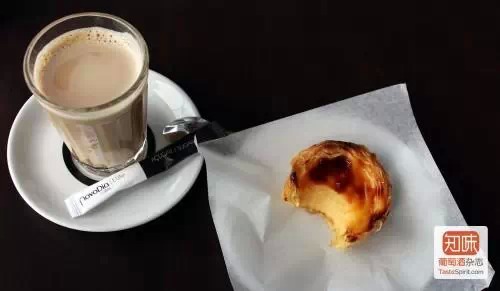
GAL use O Image Source: 360guide.info
CIMBALINO light coffee
GAL uses the milk foam and espresso of OGV 3RV 1
The Portuguese colonial expansionists actually contributed to the development of coffee to some extent. In the early 19th century, to meet the needs of Western Europe, they made Brazil a coffee growing place, and later found that Brazil's climate is very suitable for coffee growth. Today, most of Portugal's coffee still comes from Brazil.
Germany

PHARIS ER image source: www.johannsen-rum.de
PHARIS ER: 1/4 cups of coffee, 1 cube of sugar, 2 small cups of rum, whipped cream
EISKAFFEE: iced coffee, 2 vanilla handmade ice cream balls, whipped cream, chocolate powder
Germany is the second largest importer of coffee in the world after the United States. But initially, coffee shops appeared only in the two northern port cities of Bremen and Hamburg. Berlin did not have its first coffee shop until 1721.
Austria
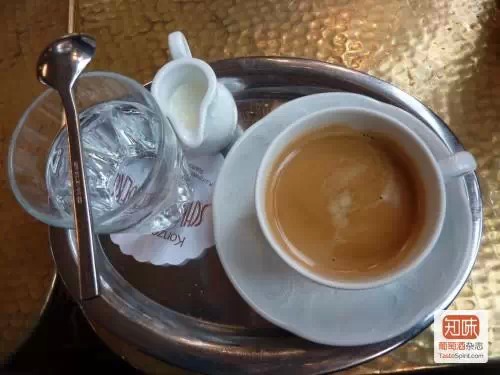
Brauner Picture Source: wiener-blut.com
KAFFEE BRAUNER:1 espresso, cream, 1 cup of water
EINSP's NNER:2 espresso and whipped cream
After Austria's victory over Turkey at the siege of Vienna in 1683, the first coffee shop appeared in Vienna, using coffee beans left by the Turks during their retreat.
Cafe Frauenhuber, the oldest existing cafe in Vienna, opened in 1824. Its predecessor is a famous restaurant, where many aristocrats and upper-class people like to go to dinner and listen to Beethoven or Mozart.
Vietnam
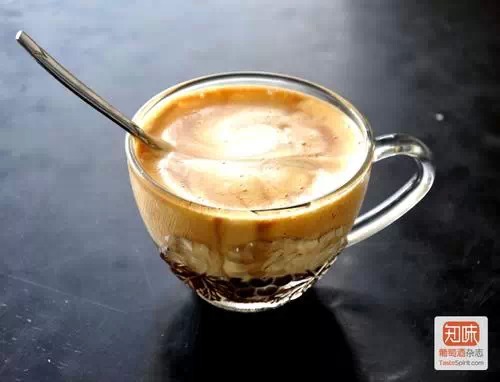
C "PH" TR?NG Photo Source: www.vietnamvisa-easy.com
1 small cup of espresso, 3 small cups of hot water, 2 tablespoons condensed milk, ice cubes
C "PH" TR?NG:1 cup Vietnamese dripping coffee, 1 egg yolk, 2 tablespoons condensed milk
As you may not expect, Vietnam is the second largest coffee producer in the world, after Brazil.
Thailand

Thai Iced Coffee Thai iced coffee photo source: steamykitchen.com
THAI ICED COFFEE Thai iced coffee: the ratio of coffee, milk and condensed milk is 2:1:1, ice cubes
In the 1970s, the king of Thailand began to implement the policy of growing coffee instead of opium poppy cultivation, which also made coffee popular.
Mexico
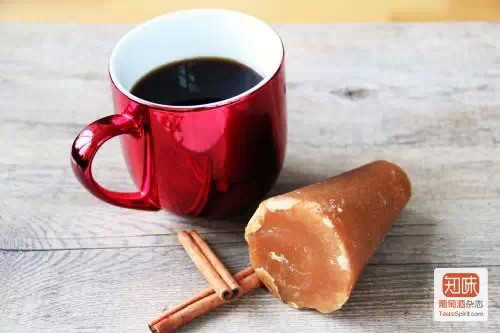
CAF É DE OLLA Photo Source: www.sabrosia.com
CAF É DE OLLA: the ratio of boiled water to coffee powder is 3:1, cinnamon sticks, crude brown sugar
Coffee is one of Mexico's main exports, and Mexico is also one of the world's leading producers of organic coffee.
Finland, Denmark

KAHVI Picture Source: yle.fi
KAHVI (Finland): dripping coffee and a little milk
STEMPELKANDE KAFFE (Denmark): 1 spoonful of coffee and 1 cup of water (usually made by pressing pot)
Finns drink the most coffee in the world, more than any other country. The average Finn consumes 10 kilograms of coffee a year. The roasting degree of local coffee is also considered to be the shallowest in the world.
70% of adults in Denmark drink an average of three to four cups of coffee a day, and for Danes, drinking coffee in the office can boost mental well-being.
Turkey, Greece, Cyprus
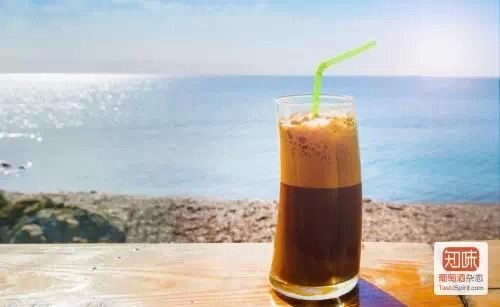
Frappe Picture Source: www.weloveskiathos.com
TURKISH COFFEE (Turkey): boiled water, coffee powder, cardamom
FRAPPE COFFEE (Greece, Cyprus): coffee, ice water, ice cubes, foam
Turkey once regarded drinking coffee as a basic human right and historically allowed women to approve divorce on the grounds that their husbands had forgotten or refused to provide them with coffee.
FRAPPE COFFEE (Frapper coffee) is usually made from instant coffee in Greece, while espresso is preferred in countries outside Greece.
Australia, New Zealand

FLAT WHITE Picture Source: www.unitedplanet.org
FLAT WHITE:1 small espresso, steamed milk, milk foam
The first espresso machine entered Melbourne in the 1930s, and the local coffee culture was introduced by Italian and Greek immigrants, when Italian and Greek gangsters often met each other in "bar".
Hong Kong
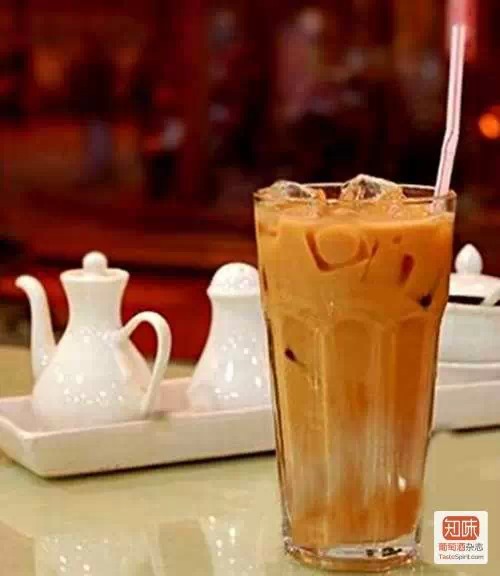
YUANYANG Picture Source: www.visa800.com
Mandarin duck coffee: 1:1 coffee and black tea, sweetened with condensed milk.
Mandarin duck coffee can be hot or cold. Because it is so famous, Starbucks in Hong Kong and Macau even began to sell mandarin duck coffee in 2010.
France
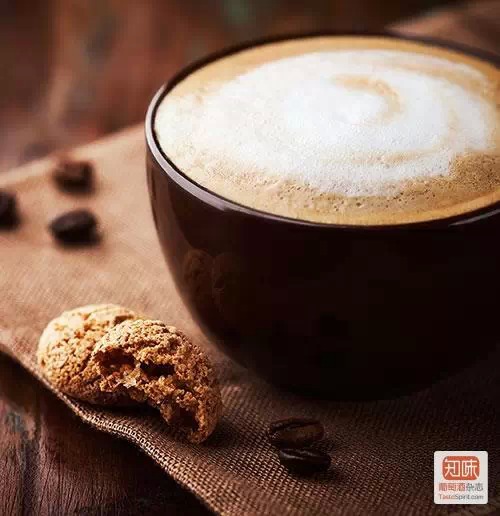
CAF É AU LAIT Photo Source: myvirtualcoffeehouse.com
Milk coffee: espresso, milk foam
It is said that at the Petite Syrah Cafe on the Azure Coast, only the most polite guests can enjoy good and affordable coffee. The bulletin board outside the shop reads:
Un caf é (one cup of coffee) -? 7
Un caf é, s'il vous plait (give me a cup of coffee, please)-4.25
Bonjour! Un caf é, s'il vous plait (Hello, please give me a cup of coffee)-1.40
Ireland
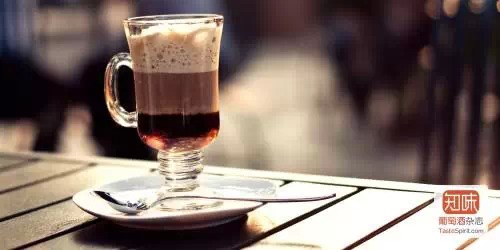
Irish Coffee Picture Source: www.huffingtonpost.com
IRISH COFFEE: Irish Whiskey, coffee, brown sugar, whipped cream
It is said that Irish coffee was created in 1942 to cheer up passengers forced to return because of bad weather by adding spirits to the coffee.
Netherlands
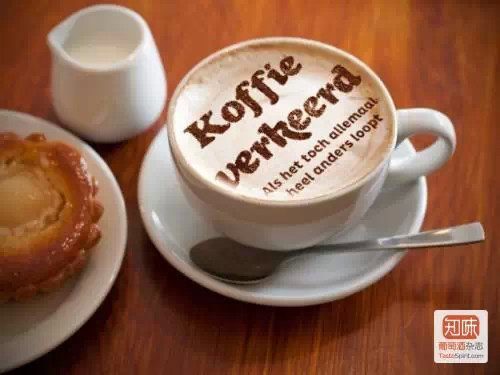
KOFFIE VERKEERD (wrong coffee) Photo Source: www.chicklit.nl
KOFFIE VERKEERD: dripping coffee or espresso, twice as much hot milk
VERKEERD means "wrong" in Dutch because most Dutch people themselves think that coffee should be made with less milk. Note that if you see "Coffee Shop" in the Netherlands, don't go in for a drink, it's not coffee, it's marijuana.
India
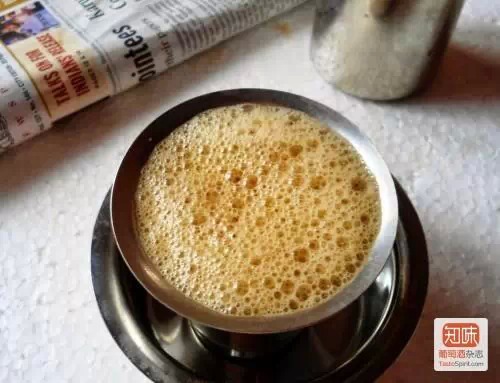
KAAPI Picture Source: babiscooking.blogspot.com
Kaapi (Indian Filter Coffee): 1 cup of hot milk, 2 tablespoons of coffee powder, hot water, sugar
Coffee spread to India is said to be attributed to the Baba Budan,17 century, when Baba Budan smuggled seven coffee beans from the Yemeni port of Muha on a pilgrimage to Mecca.
Important Notice :
前街咖啡 FrontStreet Coffee has moved to new addredd:
FrontStreet Coffee Address: 315,Donghua East Road,GuangZhou
Tel:020 38364473
- Prev
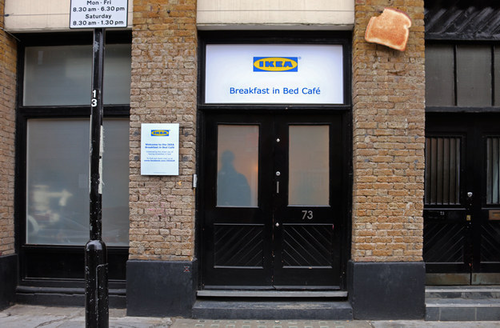
Ikea London Cafe opens for breakfast in bed in the morning.
When visiting IKEA, have you ever thought of getting into a warm quilt? The Ikea bedside coffee shop in east London makes your dream come true. BuzzFeed, May 18-Ikea has opened a coffee shop in London. Unlike other coffee shops, customers can enjoy a delicious breakfast in bed. All you have to do is book a table online, walk into the coffee shop and leave your coat at the door. And then be beautiful.
- Next
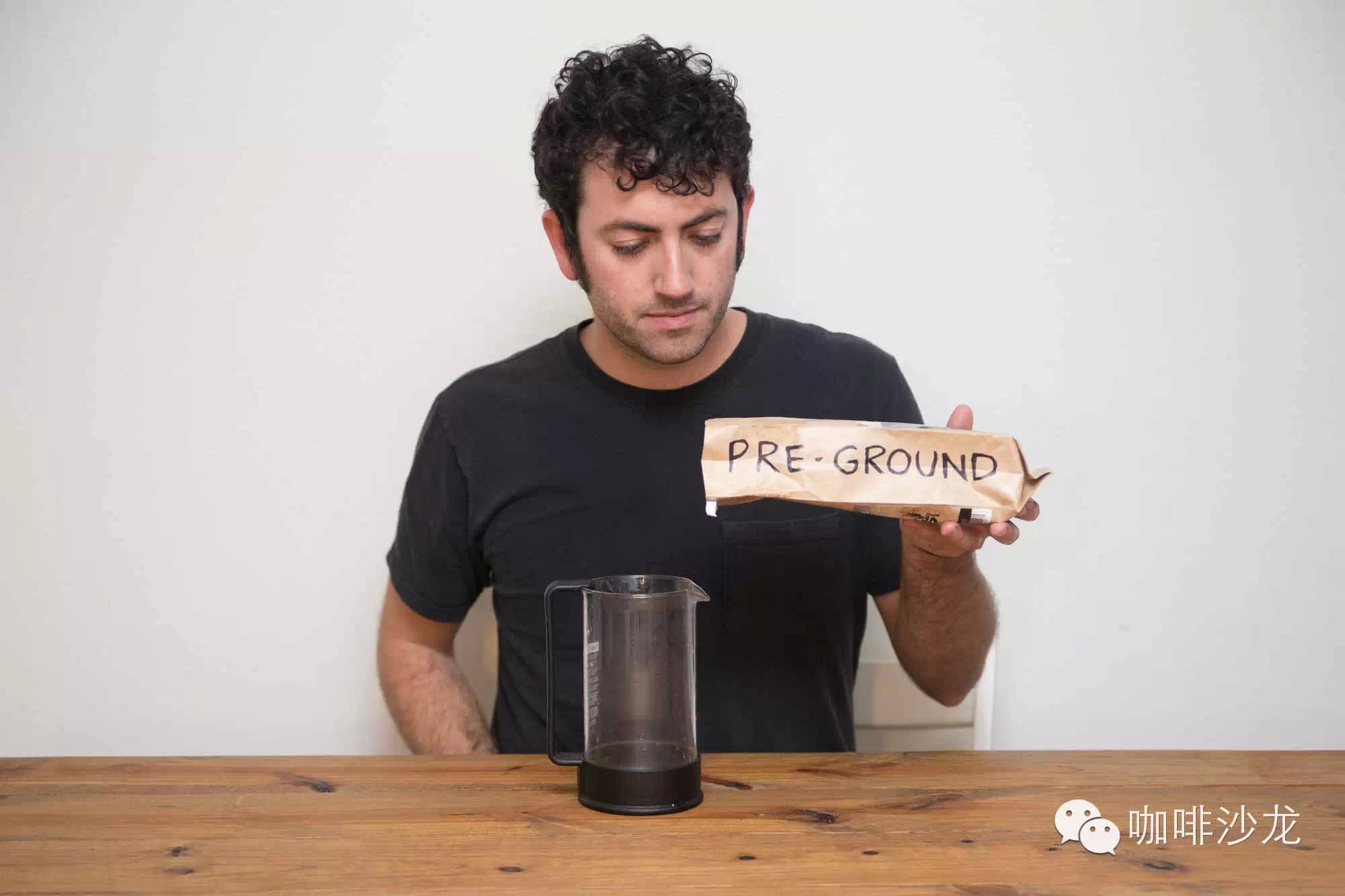
12 mistakes killed your coffee.
Know the 12 mistakes that ordinary people make when making coffee, make a cup of coffee that you are satisfied with, and start the day with a good morning. Turning water into caffeine is not magic, but there are many secrets to concocting a cup of coffee that meets the standard of a golden cup. Unless you are a professional barista, if your method is wrong, something will go wrong. So, in order to find out the most common mistakes in making coffee
Related
- Why are the coffee in some coffee shops not enough after being frozen? What should I make up for my American latte cappuccino coffee after being frozen?
- How much water does it take to steam coffee by hand? Why is the coffee brewing and steaming time 30 seconds? What is the purpose of steaming coffee?
- The suspected drink contains too much caffeine! Overlord Tea Lady responds urgently!
- Starbucks rejects antique paper coupons?! Netizen: Missed marketing opportunities!
- What ratio of water temperature and ground does the smart cup method use to press coffee? The difference between brewed coffee and filtered coffee?
- What is the standard process for the purpose of coffee cup testing? What is the difference between hand-brewed coffee and cup testing?
- How to use hand-brewed coffee paragon small golden balls? How does cold coffee lock in the aroma of coffee?
- Is American coffee black? What is the difference between American coffee and drip coffee?
- Unexpected! Well-known tea beverage brand Lele Tea will withdraw from the Zhengzhou market!
- Starbucks enters the fashion and beauty industry?! Netizen: Give me an ice American eye cream

